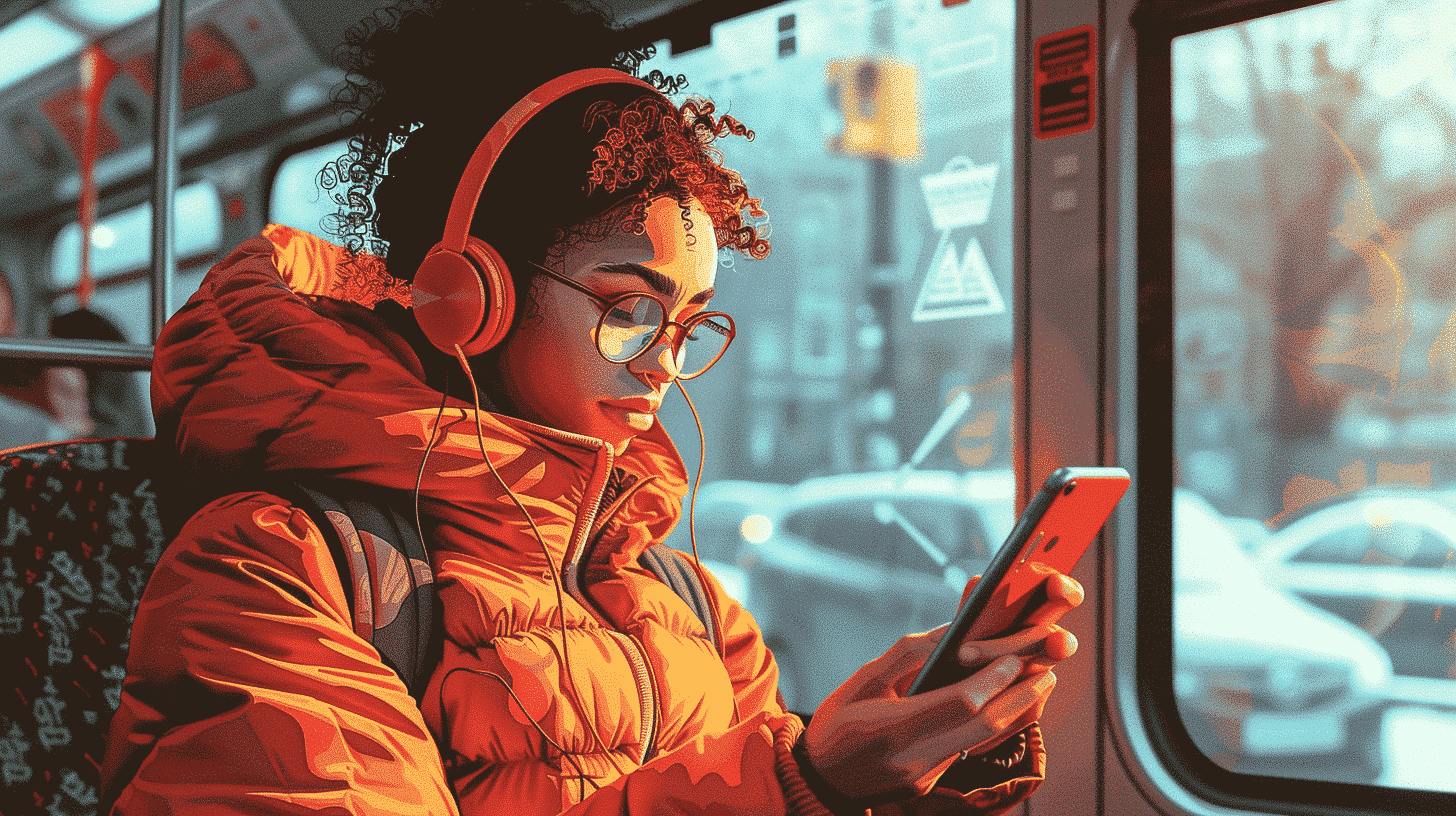Exploring Historical Sculptures
Germany’s historical sculptures offer a window into the nation’s past, serving as testament to its artistic and cultural evolution. These works of art are not just visually captivating but also linguistically enriching.
Der Lorelei-Felsen
The Lorelei Rock, or *Der Lorelei-Felsen*, is a slate rock located on the eastern bank of the Rhine River near St. Goarshausen. The rock is steeped in legend, famously chronicled in the poem by Heinrich Heine. According to folklore, a beautiful siren named Lorelei would sit atop the rock, combing her golden hair and singing, luring sailors to their doom with her enchanting voice.
**Vocabulary and Phrases:**
– **Die Legende** (The Legend)
– **Der Felsen** (The Rock)
– **Der Rhein** (The Rhine)
– **Das Gedicht** (The Poem)
– **Der Seemann** (The Sailor)
– **Die Sirene** (The Siren)
You can practice forming sentences with these words, such as: *”Die Legende der Lorelei ist sehr bekannt in Deutschland.”* (The legend of Lorelei is very well-known in Germany.)
Die Berliner Siegessäule
The Berlin Victory Column, or *Die Berliner Siegessäule*, stands as a symbol of Prussian military victories. Erected in 1873, this monument is crowned with a golden statue of Victoria, the Roman goddess of victory. The column is a prominent feature in Berlin and offers panoramic views of the city from its observation deck.
**Vocabulary and Phrases:**
– **Die Säule** (The Column)
– **Die Göttin** (The Goddess)
– **Der Sieg** (The Victory)
– **Das Panorama** (The Panorama)
– **Der Blick** (The View)
Construct sentences like: *”Von der Berliner Siegessäule hat man einen wunderbaren Blick auf die Stadt.”* (From the Berlin Victory Column, one has a wonderful view of the city.)
Modern Sculptures and Their Impact
Germany’s modern sculptures reflect the country’s dynamic and evolving artistic landscape. These works often challenge traditional aesthetics and provoke thought, offering rich material for language learning.
Der Molecule Man
*Molecule Man* is a series of aluminum sculptures designed by American artist Jonathan Borofsky. The most famous of these stands in the Spree River in Berlin. The sculpture features three human figures with holes punched through them, symbolizing the molecules of humanity coming together.
**Vocabulary and Phrases:**
– **Das Molekül** (The Molecule)
– **Das Aluminium** (The Aluminum)
– **Die Figur** (The Figure)
– **Der Fluss** (The River)
– **Die Menschheit** (Humanity)
Try using these terms in context: *”Der Molecule Man symbolisiert das Zusammenkommen der Menschheit.”* (The Molecule Man symbolizes the coming together of humanity.)
Das Holocaust-Mahnmal
The Holocaust Memorial, or *Das Holocaust-Mahnmal*, in Berlin is one of the most poignant modern sculptures in Germany. Designed by architect Peter Eisenman, the memorial consists of 2,711 concrete slabs of varying heights, arranged in a grid pattern on a sloping field. It serves as a somber reminder of the atrocities committed during World War II.
**Vocabulary and Phrases:**
– **Das Mahnmal** (The Memorial)
– **Der Beton** (The Concrete)
– **Das Gitter** (The Grid)
– **Die Erinnerung** (The Remembrance)
– **Der Architekt** (The Architect)
Form sentences such as: *”Das Holocaust-Mahnmal ist ein Ort der stillen Erinnerung.”* (The Holocaust Memorial is a place of silent remembrance.)
Interactive Learning Activities
To make your language learning experience more interactive, consider engaging in activities that incorporate these sculptures.
Guided Tours in German
Many of these sites offer guided tours in German, providing an excellent opportunity to practice listening and speaking skills. For instance, a tour guide at the Berlin Victory Column might describe its history and architectural details, allowing you to hear and absorb new vocabulary in context.
**Phrases to Know:**
– **”Könnten Sie das bitte wiederholen?”** (Could you please repeat that?)
– **”Wie sagt man das auf Deutsch?”** (How do you say that in German?)
– **”Was bedeutet dieses Wort?”** (What does this word mean?)
Language Exchange with Locals
Visiting these sculptures can also be an excellent way to engage with locals. Striking up conversations with fellow visitors or guides can help you practice your German in real-life situations.
**Conversation Starters:**
– **”Haben Sie das Gedicht der Lorelei gelesen?”** (Have you read the poem of Lorelei?)
– **”Waren Sie schon einmal auf der Berliner Siegessäule?”** (Have you ever been on the Berlin Victory Column?)
– **”Was denken Sie über das Holocaust-Mahnmal?”** (What do you think about the Holocaust Memorial?)
Incorporating Sculpture Descriptions into Language Practice
Describing sculptures in German can be a highly effective way to practice your language skills. It encourages you to use descriptive adjectives, learn new nouns, and form complex sentences.
Descriptive Adjectives
When describing sculptures, adjectives are your best friends. They help you convey the appearance, material, and emotional impact of the artwork.
**Useful Adjectives:**
– **Majestätisch** (Majestic)
– **Bewegend** (Moving)
– **Historisch** (Historic)
– **Modern** (Modern)
– **Detailreich** (Detailed)
Example: *”Die Berliner Siegessäule ist ein majestätisches und historisches Denkmal.”* (The Berlin Victory Column is a majestic and historic monument.)
Complex Sentences
Building more complex sentences can help you advance your German skills. Use conjunctions and relative pronouns to link your thoughts.
**Example:**
– *”Der Molecule Man, der aus Aluminium besteht, steht im Fluss Spree und symbolisiert das Zusammenkommen der Menschheit.”* (The Molecule Man, which is made of aluminum, stands in the Spree River and symbolizes the coming together of humanity.)
Conclusion
Learning German through the lens of Germany’s famous sculptures offers a multifaceted approach that combines cultural education with language practice. By exploring historical and modern sculptures, engaging in interactive activities, and practicing descriptive language, you can deepen your understanding of both the German language and the rich cultural tapestry it represents.
Whether you are admiring the majestic Berlin Victory Column or reflecting at the somber Holocaust Memorial, each sculpture provides a unique opportunity to expand your vocabulary and improve your linguistic skills. So next time you find yourself in Germany, take the time to appreciate these works of art and use them as a tool to enhance your German language journey.









